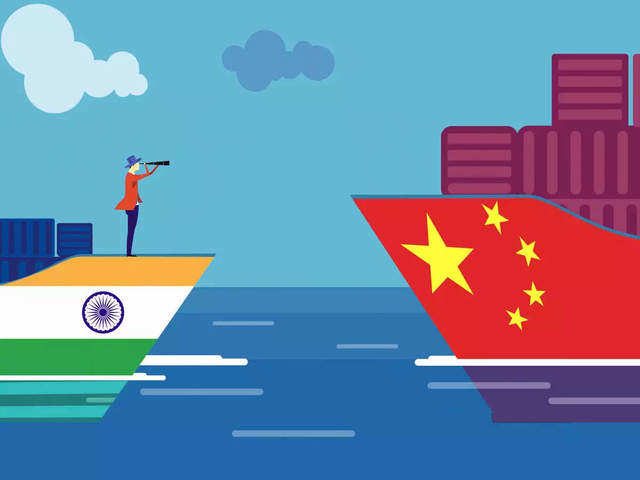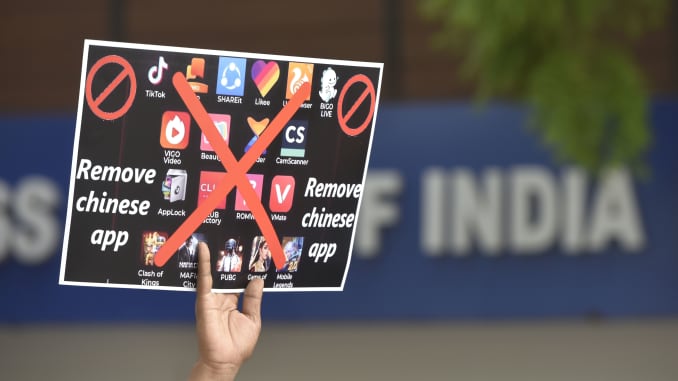 News
News
India And China Need Each Other Despite Rising Tensions
India cannot completely cut off its economic ties with China even though tensions between the countries have escalated in recent months, a former national security advisor to India has spoken. (source:CNBC)
What Led To Tensions Between The Neighbours?
Relations between the two nuclear powers deteriorated after a border clash in the Himalayas killed 20 Indian soldiers. Beijing did not disclose information on casualties suffered by the Chinese side.
Statements From Indian Officials
We cannot completely block off all relationships with China economically. At least, that’s the way I see it, because we need to progress,” M. K. Narayanan told CNBC’s “Street Signs Asia” on Monday. Narayanan was the former national security advisor between 2005 to 2010 and spent most of his public service career working in intelligence.
India’s foreign ministry said last month that both sides agreed that “early and complete disengagement of the troops” along their de facto border — known as the Line of Actual Control — and de-escalation of border areas were essential for smooth bilateral relations.
We’re not enemies, but I think there’s always a problem about being friends,” Narayanan said. “There is a competition between the two civilizations.”

Narayanan explained that India needs to focus on managing its economic relationship with China rather than shutting it down completely.
He referred to India’s refusal last year to be part of the Regional Comprehensive Economic Partnership, which would form a major trading bloc involving Asia’s top economies, including China, and cover nearly a third of the world’s GDP. Some saw India’s presence in RCEP as a counterbalance to China.
“We left the field practically open for China,” he said. “I think India cannot afford to step back. India needs to be in the economic arena, the economic space. I think India’s drive in recent years has been such that I think we can fulfill that objective.”
Analysts have said that recent tensions between the two neighbors could potentially push India to establish closer ties with the United States and countries like Japan and Australia.
A Ban On Chinese Apps
The border clash soured public sentiment in India toward Chinese brands, leading to calls to boycott Chinese businesses. The bilateral relationship is currently skewed in China’s favor in areas of trade, investment and technology, data showed.
New Delhi has introduced measures in recent months that either sidelined or banned Chinese companies from one of the world’s largest consumer markets. They included restricting Chinese investments into India even before the border face-off occurred.

India also recently banned several dozen Chinese apps including the highly popular short video-sharing app, TikTok. Existing contracts with Chinese vendors were also canceled and there were reports suggesting Chinese telecom companies Huawei and ZTE might eventually be excluded from India’s 5G development.
In most of those decisions, India did not specifically name China but, rather, justified the moves on national security grounds, according to a note from consultancy Eurasia Group.
De-escalation Discussions
During the meeting of the military commanders, India said that it wanted immediate disengagement at patrolling point 17 and Pangong Tso fingers. While the de-escalation at these points would be a short term solution, diplomatic channels are looking at a long term solution as well which would ensure that the soldiers of both sides are kept apart.

The Indian security establishment does not trust the PLA. An official tells OneIndia that the Chinese side should not object to border infrastructure development as long as it is within the LAC limits. There should be no objection as long as the development is carried out without encroaching on each other’s perception of where the border lies.
A long term solution would be needed to ensure that flare ups and tense stand offs do not take place between the Indian and Chinese armies. For this India and China would need to exchange maps indicating the presence of troops along the Line of Actual Control.
Recent Posts
- Feeling the Pressure at 25–30? Here’s Why Young Adults Think Time Is Running Out
- BTS Is Back! All Seven Members Complete Military Service—What’s Next for the K-Pop Kings?
- Diddy’s Blockbuster Trial Nears Verdict: What’s Next for the Hip-Hop Mogul?
- “Squid Game” Final Season Sparks Global Buzz Ahead of Premiere
- Beyoncé and Jay-Z Reunite Onstage in Paris: A Night to Remember
- Texas Bets Big on Film: $1.5 Billion Incentive Law Aims to Bring Hollywood Home
- Starbucks Considers Selling Its China Business Amid Fierce Local Competition
- JetBlue Retreats from Miami and Seattle Amid Mounting Financial Pressures
- Barbra Streisand Calls Out Hollywood’s Pay Gap in Meet the Fockers Revelation
- Elon Musk’s Robotaxi Revolution: A Cosmic Ride into the Future


